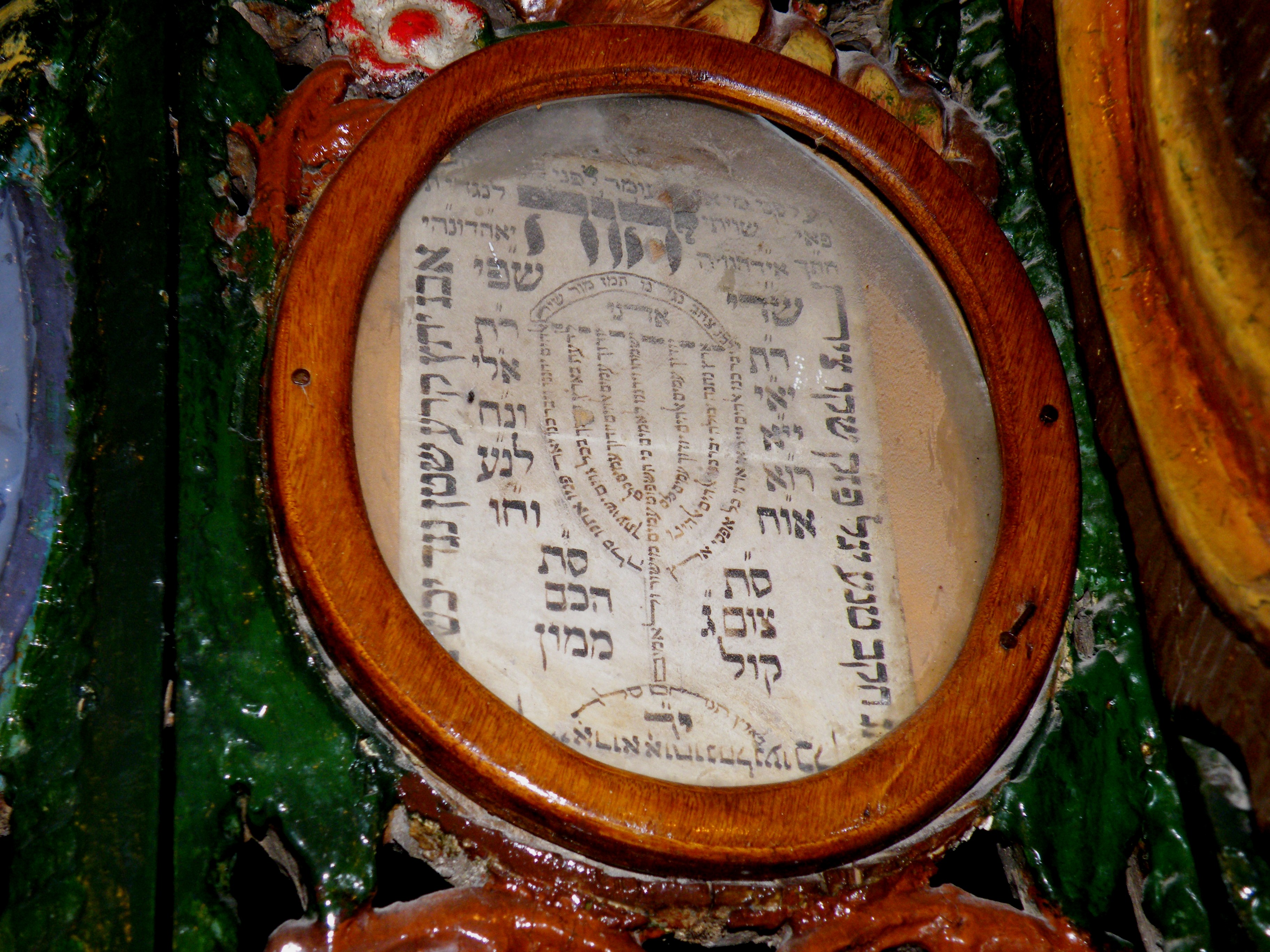R. Aba and R. Menasiya: One who takes possession of the property of a convert [who died without heirs] should buy a Sefer Torah [with some of the money. People will envy him, for he profited without toil. The Mitzvah will protect him from Ayin ha'Ra'ah];
Rav Sheshes: The same applies even to one who married a woman with property. (He may use her property. He should buy a Sefer Torah with some of the profits);
Rav Sheshes: The same applies even to one who married a woman with property. (He may use her property. He should buy a Sefer Torah with some of the profits);
Rava: The same applies even to one who profited from a business venture;
Rav Papa: The same applies even to [smaller profits that come easily, e.g.] one who found a lost object [in a case that he may keep it].
Version #1 (our text) (Rav Nachman bar Yitzchak): Even writing Tefilin will protect him. (end of Version #1)
Rav Chanin or R. Chanina: He learns from "va'Yidar Yisrael Neder..." (Bnei Yisrael vowed to be Makdish spoils that they will take from the nation that was about to fight them.) source
It emerges from this Gemara that the Torah Scroll seems to have some sort of amulet power which will protect the person who got this money from envy. Rav Nachman Bar Yitzchak goes a step further and says that not only a Torah Scroll, which is used in public and seen by all, protects the person; even a Tefillin, which is private and usually hidden from the eyes of the public will protect the person's newfound fortune against Evil Eye (ayin harah).
This is Rashi's understanding of the Talmud and it is quite puzzling. It's novel to say that the Torah Scroll and Tefillin have amulet-like powers and we actually only find this in the laws of Mezuza, which has the unique feature of protecting one's house. But that's a priori unique to Mezuza (see here a long and interesting achademic dissertation about that), and Rashi seems to somehow extend this property to Torah Scrolls and Tefillin as well.
The Meiri interprets this piece slightly different, ignoring the Evil Eye issue in his usual rationalistic approach to things. In his opinion, the person who inherited money should use part of it for a Miztva solely so he shouldn't forget that this money is not his nor a result of his skills; it came to him because Hashem granted him this good fortune and the Torah Scroll (or Tefillin) will remind him that. According to this, the Gemara mentioned Sefer Torah and Tefillin solely as an example of a physical Mitzva which can remind the person about this important lesson.
Now we get the last and most dissonant interpretation - the Maharsha. He doesn't understand why according to Rashi/Meiri, the Talmud writes that one should be "koneh" (buy) a Sefer Torah whereas when speaking about the Tefillin, the Gemara writes that one can even "kosev" (write) a Tefillin. The Maharsha says this doesn't makes sense - if anything, there's a clear Miztva of writing a Torah Scroll yourself opposed to Tefillin which doesn't necessarily needs to be written personally. Based on a differing manuscript of the Talmud, the Maharsha says that the Gemara means to say that only a Torah Scroll will be effective in protecting one's wealth. Period. The Tefillin will not. The proper understanding of the piece of Gemara which speaks about Tefillin is radically different:
Version #2 (Maharsha's preferred text) (Rav Nachman bar Yitzchak): The same applies even to one who profits from writing Tefilin [in spite of Chachamim's prayer that scribes not get rich. He should attribute this to Hash-m, and buy a Sefer Torah].
In other words, the Gemara in this version never said that even a Tefillin will protect you. The Gemara is talking about a specific case - a scribe who manages to make a lot of money from a pair of Tefillin.
In other words, the Gemara in this version never said that even a Tefillin will protect you. The Gemara is talking about a specific case - a scribe who manages to make a lot of money from a pair of Tefillin.
































.jpg)



